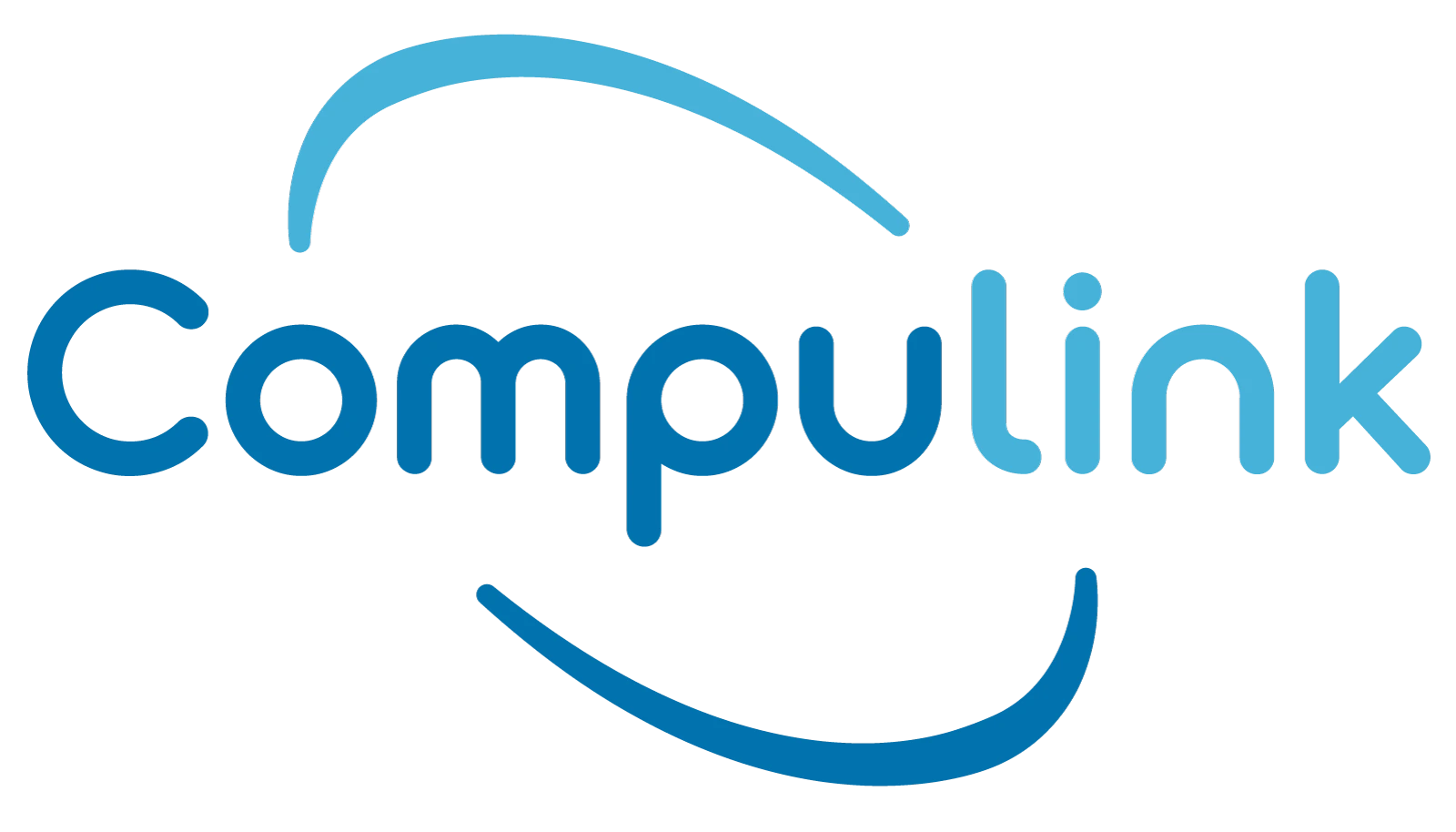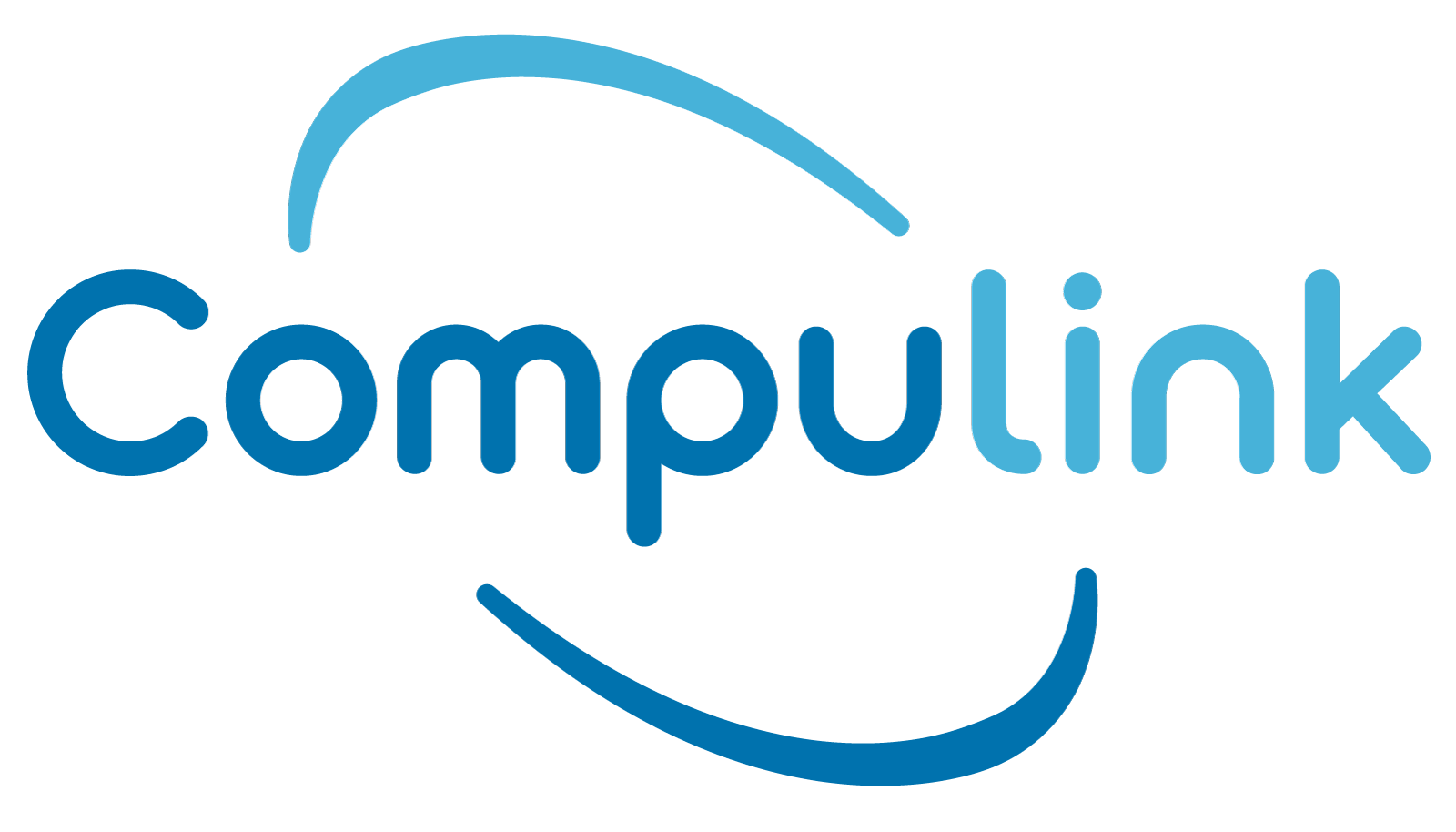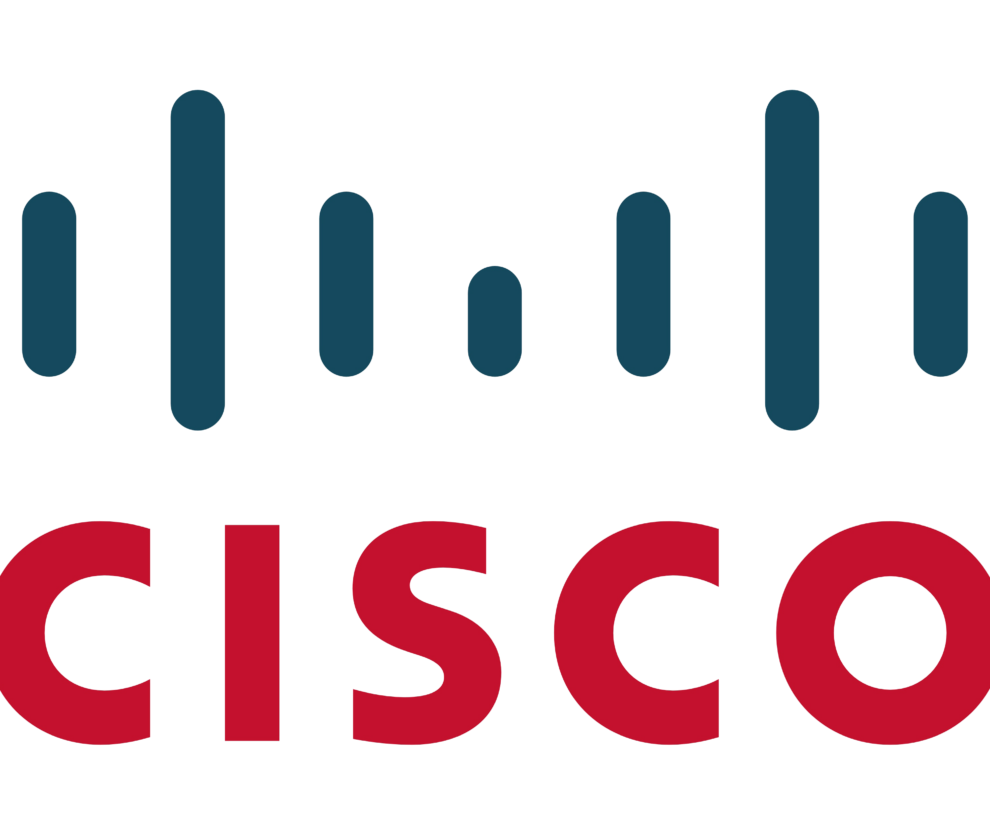This article was originally published on Bloomberg.com, click here to view the original article.
HPE has been aggressively moving beyond hardware to a services model. How has that changed the company?
It’s a fundamental business model change. Customers no longer want to be managing their IT infrastructure. And our service solutions are there to create a transparent relationship between them and the infrastructure. They don’t care about where the infrastructure is; they just want the outcome the infrastructure can deliver.
But won’t businesses use the cloud to bypass IT and outsourcing providers?
There still is a view that the whole world is going to move to the public cloud, but we think the world is going to be hybrid. The explosion of data at the “edge” of the cloud [on computer systems close to the data source] is warranting a much more distributed infrastructure. Every 18 months, the data produced by the world is doubling, and 80% of that data is generated at the edge. You can’t think about bringing that entire amount of data all the way onto the public cloud. It needs to be processed and analyzed and made sense of locally, so that is the whole idea that we are after.
Exactly where does HPE fit in, then?
In simple terms, HPE is the edge-to-cloud company. The edge is where companies generate data, where things happen: At a retail chain, each time a transaction takes place with a customer, there is a massive flow of information that relates to that transaction. We provide connectivity to capture that interaction and can process the data from the edge all the way to the cloud.
Are customers buying your approach?
We’ve had an incredible performance with GreenLake [HPE’s edge-to-cloud platform]. It’s been three quarters in a row where GreenLake as a service grew more than 100% in orders, year over year. And there is no letting off of that demand.
Supply chains were really affected by the pandemic, and their disruptions caused big problems for companies. Is there a lesson there?
There had been a decade or two where supply chains were considered to be global. And therefore you didn’t really care about supply chain, as long as the items that you were purchasing made it to your location. You could assemble those items and deliver the goods to your customers. Those days are over, and the decoupling of supply chain in various geopolitical areas is leading people to rethink the way they procure, manufacture, and deliver.
What’s the biggest change in thinking there?
The whole IT industry has to find a new equilibrium with supply chains that are designed for speed, resiliency, and cost, as opposed to just being efficient and designed around cost.
What was one of the lessons you learned from the pandemic?
The pandemic has taught us that the enterprises who performed the best during that period were the ones who had digitized their business models.



